By Christopher Miskimon
General George S. Patton, Jr., entered his first World War II battlefield on the morning of November 8, 1942. Scheduled to go ashore at 8:00 am, at Fedala near Casablanca, after the initial assault waves, he suddenly had a problem. The General could not find his favorite pistols. He purchased the first, a .45-caliber Colt Peacemaker, in 1916, just before he left on the Pancho Villa Expedition. The Colt had two notches in its ivory handle, denoting two bandits he helped kill during a shootout at the Rubio Ranch. The Peacemaker was slow to reload, however, so eventually Patton decided on his second pistol, a Smith & Wesson .357 Magnum revolver, acquired in 1935. He called it his “killing gun,” and wore both weapons holstered on his belt alongside a compass stored in a handcuff case and another case for carrying spare ammunition. His orderly, Staff Sergeant George Meeks, soon located the pistol belt on Patton’s landing craft and brought it to him.
Just as he prepared to board his landing craft, three French warships appeared. Patton’s ship, the cruiser USS Augusta, increased speed and opened fire with its main guns. The muzzle blast destroyed the landing craft, which had to be jettisoned, taking all Patton’s other belongings to the bottom of the sea. “Such are the fortunes of war,” he quipped, and he had to wait hours until he could finally board another landing craft. Several staff members joined him, and sailors aboard the Augusta cheered as his small craft pulled away. Patton took off his helmet for a moment, so they see him smiling. Patton served in World War I, attaining the rank of colonel, but this was his first foray in World War II, now in its third year.
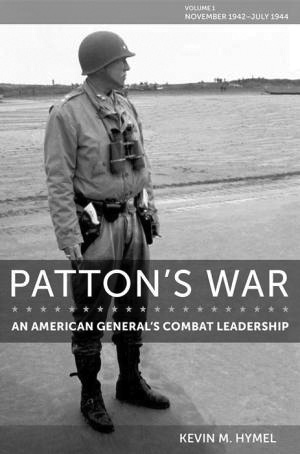 The landing craft reached the shore, and Patton jumped out into thigh deep water. Nearby, another landing craft sat stuck on a sandbar. He waded over to it and called to a group of soldiers carrying loads of ammunition from the stricken boat. “Come back here!” he yelled, and the men returned after dropping the ammo crates on the beach. Patton knew there were not enough landing craft in service, so he waited until a wave raised it slightly, then ordered everyone, himself included, to push. Its engine churning the water behind, the craft broke free and sailed off for another load of supplies.
The landing craft reached the shore, and Patton jumped out into thigh deep water. Nearby, another landing craft sat stuck on a sandbar. He waded over to it and called to a group of soldiers carrying loads of ammunition from the stricken boat. “Come back here!” he yelled, and the men returned after dropping the ammo crates on the beach. Patton knew there were not enough landing craft in service, so he waited until a wave raised it slightly, then ordered everyone, himself included, to push. Its engine churning the water behind, the craft broke free and sailed off for another load of supplies.
Walking ashore, Patton saw his army had mostly moved inland, with a few rear echelon troops casually walked around. Major Robert Henriques, Patton’s British liaison officer, walked up and handed the general a small statue, a Hawaiian war god made of lava rock and nicknamed Charlie. Patton’s wife had made the major promise to bring it ashore; she was sure it would bring him luck. Moving on, Patton saw GIs walking around or sitting, with little sense of purpose. Some had stopped digging their foxholes. Among these wayward soldiers, a lone Arab walked along, leading a donkey adorned with sacks. Occasionally he stopped, picked up a discarded piece of American equipment, and stuffed it one of the sacks. Patton stopped to talk to a naval officer when he saw the Arab pick up a rifle and start to put it in one of the donkey’s sacks. The general calmly drew one of his pistols and sent a shot toward the Arab, who dropped the rifle and ran off.
Patton went on to direct his troops back into action, just the first time he would do so in theater during the war. Ahead of him waited long days and nights of planning and ordering troops into battle against Vichy France and then Nazi Germany and Fascist Italy. This first volume of Kevin Hymel’s new trilogy on the famous figure, Patton’s War: An American General’s Combat Leadership, Volume I: November 1942 – July 1944 (University of Missouri Press, Columbia, MO, 2021, 432pp., maps, photographs, notes, bibliography, index, $39.95, hardcover) covers Patton’s entry into World War II and some of his most famous and controversial actions.
The author takes an in-depth and unfiltered look at his subject showing Patton’s many strengths and equally numerous flaws. Together, they nevertheless made Patton who he was, a battlefield general able to motivate men in combat and get the most out of them. The books compile added information from a wide variety of sources, including veterans’ oral histories and interviews as well as Patton’s own extensive writings. Mr. Hymel also authored Patton’s Photographs: War as He Saw It, an excellent companion piece to this latest work. This work provides a thorough look at one of America’s most famous military leaders.
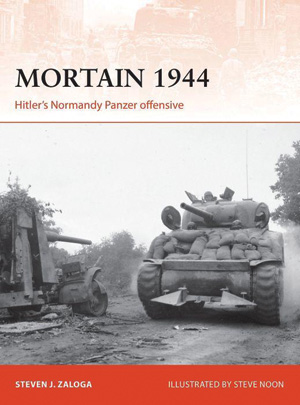 Mortain 1944: Hitler’s Normandy Panzer Offensive (Steven Zaloga, Osprey Publishing, Oxford, UK, 2021, 99pp., maps, illustrations, bibliography, index, $24.00, softcover)
Mortain 1944: Hitler’s Normandy Panzer Offensive (Steven Zaloga, Osprey Publishing, Oxford, UK, 2021, 99pp., maps, illustrations, bibliography, index, $24.00, softcover)
Things were finally looking up for the U.S. Army in August 1944. After fighting their way off the Normandy beaches and through the thick hedgerows of the bocage country, the Americans broke out during Operation Cobra. With open country ahead, they pushed their armored spearheads against the Germans. In response, Hitler ordered an immediate counterattack designed to cut through the Americans and reach the sea. Named Operation Lüttich, it required much of the available German armored forces to be pulled from the British sector. Allied intelligence learned of the plan, however, so they were well prepared for the enemy onslaught. American troops fought the Germans to a standstill, inflicting heavy casualties the Nazis could not afford. Air power further drained the Germans as fighter-bombers such as the British Hawker Typhoon used bombs and rockets to pronounced effect. German armored vehicle crews were especially fearful of aerial rockets. Despite their inaccuracy, the rockets’ large warheads meant when they did strike true the results were often fatal. The fight became known as the Battle of Mortain, and the result was a weakening of German forces in France, hastening their defeat and withdrawal soon after.
The author’s known strengths as a writer are evident in this new work. He shows a good grasp of the tactical and operational situation as well as the realities of combat. Beyond a retelling of events, the book is full of the extra detail Mr. Zaloga adds to his work, including information on tactics, leaders, and actual weapons performance in the field. The book is beautifully illustrated, and the original art is gripping; a full-page spread depicting an American ambush of a German armored column is particularly compelling.
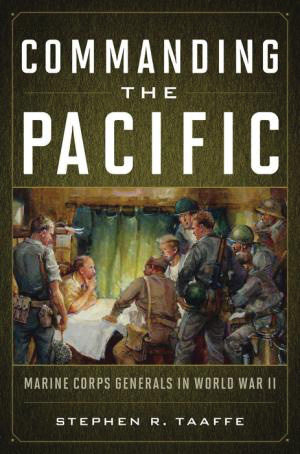 Commanding the Pacific: Marine Corps Generals in World War II (Stephen R. Taaffe, Naval Institute Press, Annapolis, MD, 2021, 248pp., maps, notes, bibliography, index, $34.95, hardcover)
Commanding the Pacific: Marine Corps Generals in World War II (Stephen R. Taaffe, Naval Institute Press, Annapolis, MD, 2021, 248pp., maps, notes, bibliography, index, $34.95, hardcover)
The 1st Marine Division arrived in Melbourne, Australia, in January 1943, in terrible condition. Malaria affected 7,500 of its members, and most of the Marines suffered from exhaustion or what was then termed combat fatigue. It took several months of recuperations before the division could begin training, but by summer they were ready for their next landing, at New Britain Island. Their commander, General William Rupertus, possessed a variety of experiences leading him to his command. A native of Washington, D.C., he served in its National Guard before attending and graduating from the Revenue Cutter Service School, which later became the Coast Guard Academy. He received a Marine commission in 1913. Rupertus saw shipboard service in World War I, then went to Haiti and later Peking. In World War II, he was picked by General Vandegrift to be assistant commander of the division. He led the attack on Tulagi before contracting Dengue Fever. Despite this impressive record, Rupertus was unpopular in the Corps, considered petty, selfish, and even incompetent by some. One officer remarked, “That guy was a loser. Christ, how the hell he got to be a division commander is astounding.” He kept advancing, however, helped by his friendship with Vandegrift, something critics referred to as “Vandegrift’s blind spot.”
History is often generous to victorious generals, focusing on their strengths and ignoring their faults. This new book gives you both, revealing the officers who led the Marine Corps through some of its most famous battles and campaigns in a balanced fashion. The author withholds personal judgements to lay out the facts in a neutral fashion, allowing the reader to evaluate them. This book effectively presents its subjects as human beings, with all the good and bad that implies, serving in difficult circumstances.
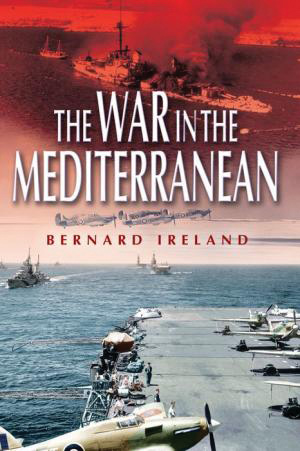 The War in the Mediterranean 1940 – 1943 (Bernard Ireland, Pen and Sword Books, South Yorkshire, UK, 2021, maps, photographs, bibliography, index, $26.95, softcover)
The War in the Mediterranean 1940 – 1943 (Bernard Ireland, Pen and Sword Books, South Yorkshire, UK, 2021, maps, photographs, bibliography, index, $26.95, softcover)
Prior to the D-Day landings, the Mediterranean theater was the main area of combat for the Western Allies. The land operations often became swirling battles of maneuver as mechanized forces sought decisive victory. This eventual Allied triumph could never have happened, however, without the heroic and Herculean efforts of the naval forces toiling in the Mediterranean and eastern Atlantic near Gibraltar and the African coast. For nearly three years, British, Italian, American, German, and French ships sailed these waters, fighting pitched battles, escorting convoys, supporting amphibious assaults, and carrying weapons and supplies. The fighting in famous places such as Tobruk, El Alamein, and Tunisia could not have happened without the support of naval forces. The naval battles themselves were equally decisive if less well known, as both combatant forces and convoys fought to complete their missions and survive.
The author had an extensive career with the Royal Navy and brings his expertise to bear in this new book. The narrative switched smoothly from the strategic down to the tactical level as he describes the various actions the Mediterranean played host to during the war. Often bereft of resources and adequate ships, the naval war in this sea saw many small actions which nevertheless combined over time to make an interesting campaign.
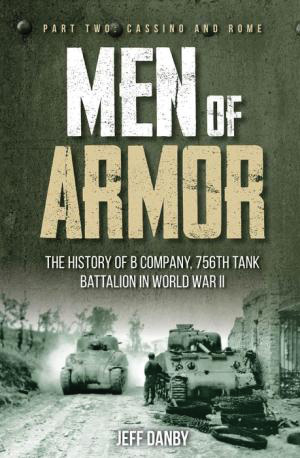 Men of Armor: The History of B Company, 756th Tank Battalion in World War II (Jeff Danby, Casemate Books, Havertown, PA, 2021, 369pp., maps, photographs, appendices, bibliography notes, index, $34.95, hardcover)
Men of Armor: The History of B Company, 756th Tank Battalion in World War II (Jeff Danby, Casemate Books, Havertown, PA, 2021, 369pp., maps, photographs, appendices, bibliography notes, index, $34.95, hardcover)
Tank engines roared to life in the predawn darkness of January 27, 1944. Near Cassino, Italy, the American 756th Tank Battalion was about to enter combat in support of the 34th Infantry Division. The unit recently traded its M5 light tanks for heavier M4 Sherman medium tanks. Allied artillery pounded their objective, Hill 213, the feature dotted with German fighting positions. The tanks of Captain French Lewis’ A Company spread out before the hill and opened fire, adding the weight of their 75mm cannon to the artillery’s guns. In 15 minutes, they fired over 1,000 rounds of ammunition, each set with a delayed fuse to help them penetrate deeper into the enemy bunkers before exploding. Meanwhile, B Company advanced along a painstakingly built corduroy road, moving up to support the infantry. The Germans returned fire, however, and not all the 756th’s men would survive the day.
The experiences of B Company, 756th Tank Battalion are the focus of this new work. The author plans a multivolume series covering the unit; this first book tells of the 756th’s formation, training, deployment to North Africa and Italy, and entry into combat. The level of detail is impressive, as the author explains tank crew operations to clarify how and why the soldiers fought as they did. There are good maps and two photo inserts with the text.
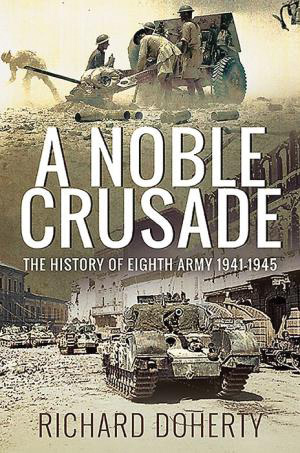 A Noble Crusade: The History of Eighth Army 1941-1945 (Richard Doherty, Pen and Sword Books, South Yorkshire, UK, 2021, 344pp., maps, photographs, appendices, notes, bibliography, index, $28.95, softcover)
A Noble Crusade: The History of Eighth Army 1941-1945 (Richard Doherty, Pen and Sword Books, South Yorkshire, UK, 2021, 344pp., maps, photographs, appendices, notes, bibliography, index, $28.95, softcover)
Great Britain formed the Eighth Army in September 1941, when the nation’s military fortunes were at a low ebb. Soon, it came under the command of Bernard Montgomery, who revitalized the organization and took it forward against the Afrika Korps. That campaign ended in victory in Tunisia in May 1943. Afterward, Eighth Army went on to fight in Sicily and Italy, slogging its way north against stout German defenses in places like Monte Cassino and the Gothic Line. Finally, in April 1945, it attacked into Lombardy as the war ended. Soldiers from every nation in the Commonwealth served in Eighth Army, earning 34 Victoria Crosses.
The Eighth Army is one of the United Kingdom’s most famous military formations, and this new work reveals its history in a readable, straightforward way. Numerous excerpts from personal accounts add interesting detail to the narrative, describing the various actions at multiple labels. The book contains good maps to help the reader orient to the action, and the photo insert contains a good mix of field shots and images of persons mentioned in the book, from field marshals to Victoria Cross recipients.
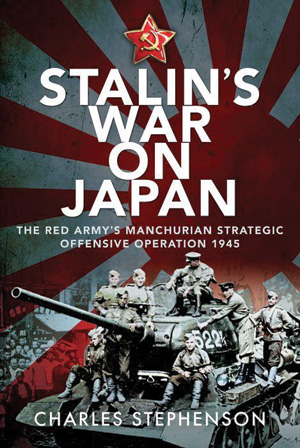 Stalin’s War on Japan: The Red Army’s Manchurian Strategic Offensive Operation 1945 (Charles Stephenson, Pen and Sword Books, South Yorkshire, UK, 2021, 226 pp., maps, photographs, notes, bibliography, index, $34.95, hardcover)
Stalin’s War on Japan: The Red Army’s Manchurian Strategic Offensive Operation 1945 (Charles Stephenson, Pen and Sword Books, South Yorkshire, UK, 2021, 226 pp., maps, photographs, notes, bibliography, index, $34.95, hardcover)
The tanks of the Soviet Mongolian Cavalry-Mechanized Group attacked at midnight. Motorized infantry and horse cavalry accompanied the leading columns. Many of the Soviet troops came from the recent fighting in Europe against the Nazis, while the Mongolians knew the border area and locations of Japanese outposts. As promised, the Soviet Union now entered the war against Japan in 1945. The plan required speed to achieve surprise, and it worked. Captured Japanese border guards said they had no idea an attack was coming until tanks appeared in the darkness. Colonel General Issa Pliyev described a “dazzling sea of lights” when his thousands of vehicles turned on their headlights. He called it a “fiery river, breaking free of its banks, and roaring into the depths of Manchuria.” By evening the leading units penetrated 70 kilometers past the porous border. Japan’s control of Manchuria was about to end as the war entered its final days.
This book provides an in-depth look at the Soviet offensive against Japan in the waning days of World War II. The author covers the campaign at multiple levels, from the high-level interactions between leaders like Truman and Stalin to the battlefield experiences of the participants. He also reveals how Soviet “Deep Battle” concepts shattered the Japanese Army, defeating it in a few weeks. In addition, the author also discusses how the Soviet attack affected Japan’s decision to surrender.
 The Jungle War against the Japanese: From the Veterans Fighting in Asia 1941 – 1945 (Tim Heath, Pen and Sword Books, South Yorkshire, UK, 2021, 193pp., photographs, appendix, bibliography, $34.95, hardcover)
The Jungle War against the Japanese: From the Veterans Fighting in Asia 1941 – 1945 (Tim Heath, Pen and Sword Books, South Yorkshire, UK, 2021, 193pp., photographs, appendix, bibliography, $34.95, hardcover)
“As a young lad who joined up to become a soldier, I never imagined the horrors of war that were to come. I returned home not only a victorious Allied soldier, but also a man capable of killing without any remorse whatsoever. I hated them [the Japanese] and I still do to this day.” Carl Marksham, a World War II veteran of the British 14th Army, uttered those words in May 2010, almost 65 years after the war ended. The war the British Commonwealth fought against the Japanese Empire in Southeast Asia was unremitting and brutal. The empire trained Japanese soldiers to be merciless and unflinchingly obedient to their officers. Allied troops, upon experiencing this harshness firsthand, responded with measures such as unwritten rules about not taking prisoners. British soldiers had to learn how to survive not only the jungle environment, but an implacable enemy. Beyond this, Japanese treatment of civilians, including the infamous “comfort women,” led to widespread hatred and retribution, both in terms of acts of revenge and through war crimes trials after the conflict ended.
This new book examines how British troops adapted to fighting the Japanese and dealt with the cruelty they saw, experienced, and sometimes inflicted. The author does an excellent job portraying the harshness of war and its effects on human beings.
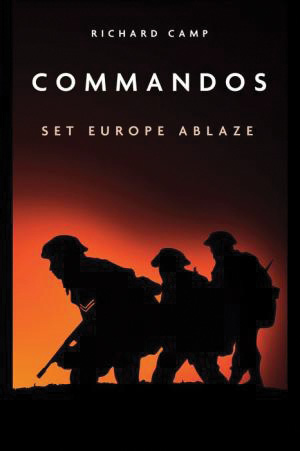 Commandos: Set Europe Ablaze (Richard Camp, Casemate Books, Havertown, PA, 2021, 237pp., fiction, $22.95, softcover)
Commandos: Set Europe Ablaze (Richard Camp, Casemate Books, Havertown, PA, 2021, 237pp., fiction, $22.95, softcover)
United States Marine Captain Jim Cain and Gunnery Sergeant Leland Montgomery receive unexpected orders to report to the British Army’s Commando Basic Training Center, secluded in the Scottish Highlands. The regimen includes assault courses, live-fire exercises, and grueling forced marches. The tough training soon builds a shared bond between the two Marines and their British counterparts. Cain is quartered at the home of a British brigadier with a daughter named Loreena. The young officer finds her fascinating, but before he can get to know her better, training ceases for a real-world mission. Soon Cain and Montgomery are among a squad of men sent to destroy a German radar station on the island of Alderney, due west of Cherbourg, France.
Casemate Books has a long history of publishing high quality military history non-fiction. Lately, they have expanded their range of work to include well written novels using wartime settings. This new work looks at the exploits of Britain’s commando forces through two American Marines, a few of the many Americans who cross-trained with the elite commandos during the war. The narrative is clear and engaging, keeping the reader’s interest as the wide-ranging plot comes together to a thrilling conclusion.
New and Noteworthy
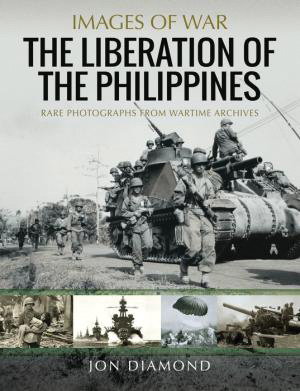 The Liberation of the Philippines: Rare Photographs from Wartime Archives (Jon Diamond, Pen and Sword Books, 2021, $28.95, softcover) The fighting in the Philippines ranks among the most intense of the Pacific War. This book contains hundreds of photographs of the campaign.
The Liberation of the Philippines: Rare Photographs from Wartime Archives (Jon Diamond, Pen and Sword Books, 2021, $28.95, softcover) The fighting in the Philippines ranks among the most intense of the Pacific War. This book contains hundreds of photographs of the campaign.
The U.S. Army Infantryman Pocket Manual 1941–45 ETO & MTO (Edited by Chris McNab, Casemate Books, 2021, $16.95, hardcover) This title combines several war era manuals and publications to give a broad view of the GI’s life during combat.
There Was a Time (George H. Wittman, Casemate Books, 2021, $24.95, softcover) Set in Vietnam during mid-1945, this novel fictionalizes the historical cooperation between the OSS and Ho Chi Minh’s Viet Minh Guerrillas.
Behind Enemy Lines With SOE (Major E.C.R. Barker, Frontline Books, 2021, $49.95, hardcover. The author served as a sergeant in the Special Operations Executive during the war. He was captured during a mission into Austria in 1944.
The Battle for Burma 1942-1945 (Philip Jowett, Pen and Sword Books, 2021, $28.95, softcover) The fighting in Burma involved British, Indian, Burmese, American, and Chinese troops combating the Japanese. This photobook provides hundred of images of the forces serving in this theater.
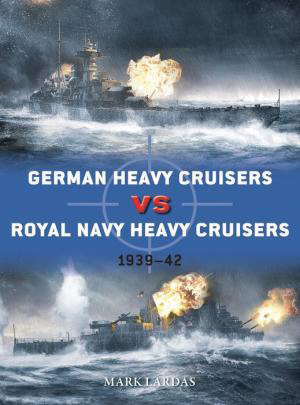 German Heavy Cruisers Versus Royal Navy Heavy Cruisers 1939-42 (Mark Lardas, Osprey Books, 2021, $22.00, softcover) Cruiser of the British and German navies stalked each other from the Arctic to the South Atlantic. The author assesses both the ships and the engagements they fought.
German Heavy Cruisers Versus Royal Navy Heavy Cruisers 1939-42 (Mark Lardas, Osprey Books, 2021, $22.00, softcover) Cruiser of the British and German navies stalked each other from the Arctic to the South Atlantic. The author assesses both the ships and the engagements they fought.
Ju-87 Stuka Versus Royal Navy Carriers: Mediterranean (Robert Forsyth, Osprey Books, 2021, $22.00, softcover) As British carriers cruised the Mediterranean, Stukas piloted by German and Italian aircrew sought to sink them. This book highlights the Axis attacks on the British vessels during key battles.
Anders Lassen of the SAS (Mike Langley, Pen and Sword Books, 2021, $39.95, hardcover) Born in Denmark, Anders went to England in 1940 and soon joined the Special Air Service. By war’s end he had earned the Victoria Cross and two Military Crosses.
A Thousand Battles: An Intelligence Officer’s’ Battle Behind Enemy Lines in Wartime Burma (Serena Merton, Helion Books, 2021, $29.95, softcover) Before the war, Cecil Merton worked as a forestry manager in Burma. He later joined Z Force, a special operations group tasked with patrolling behind Japanese lines to gather intelligence.
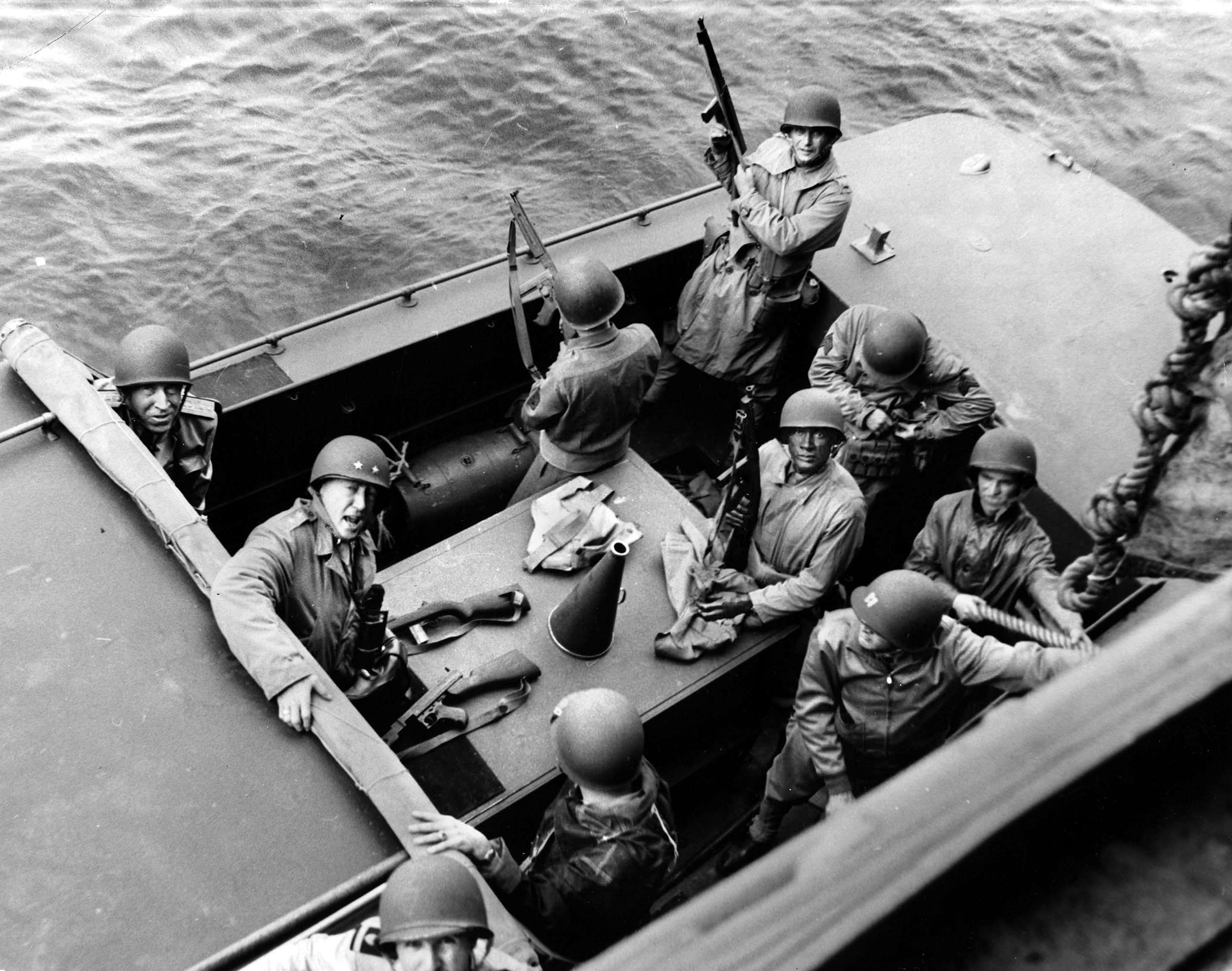
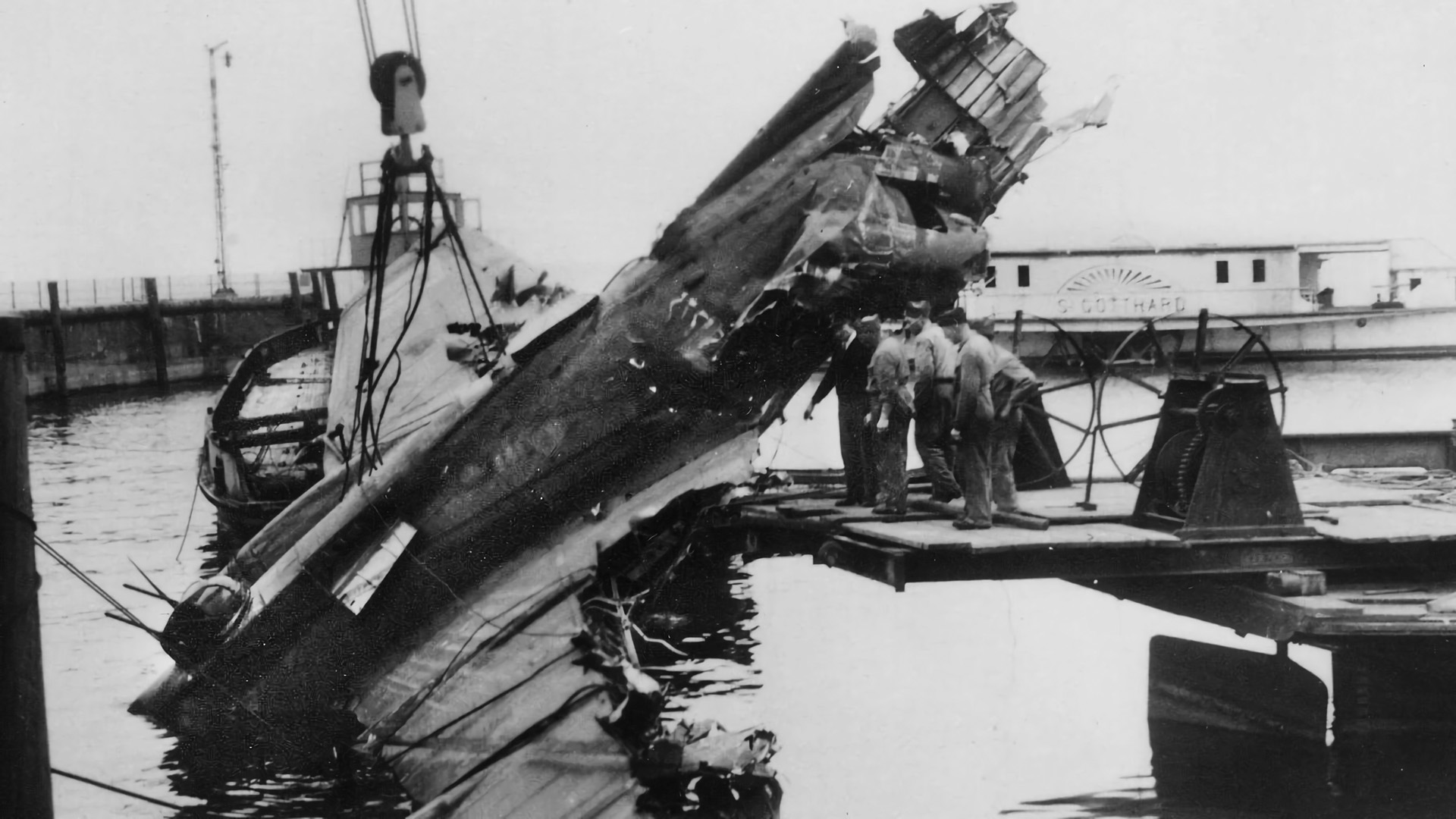
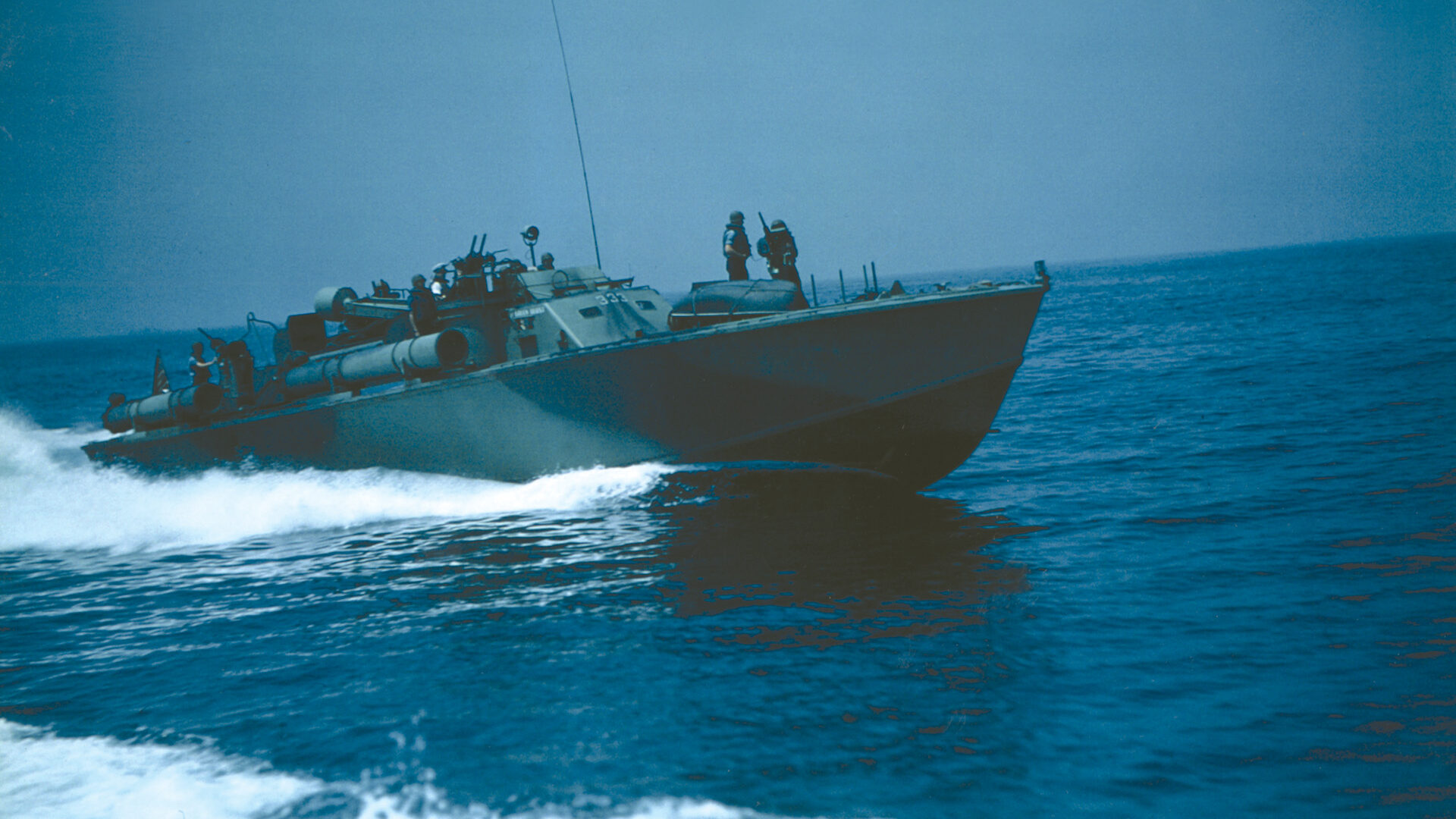
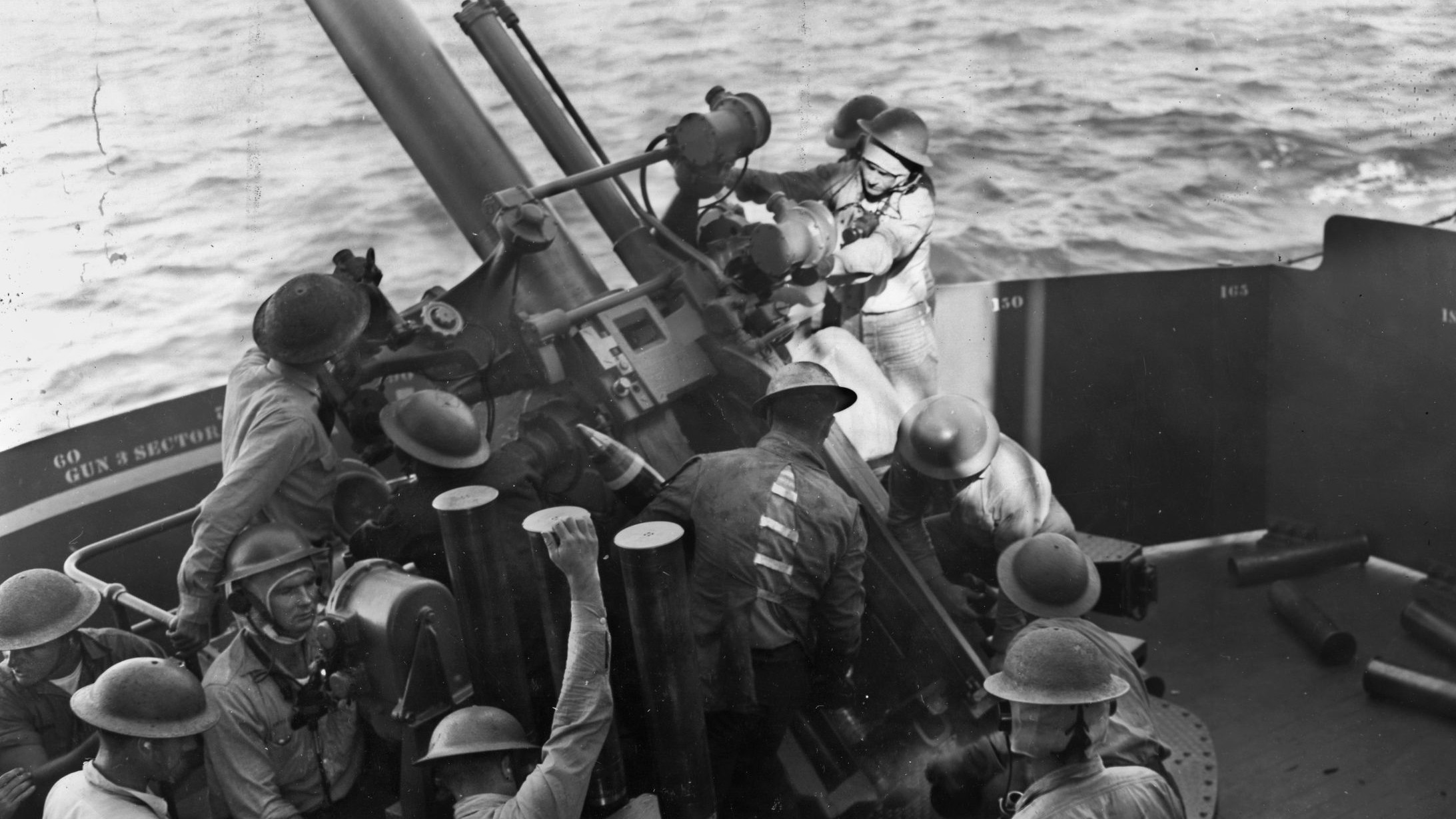
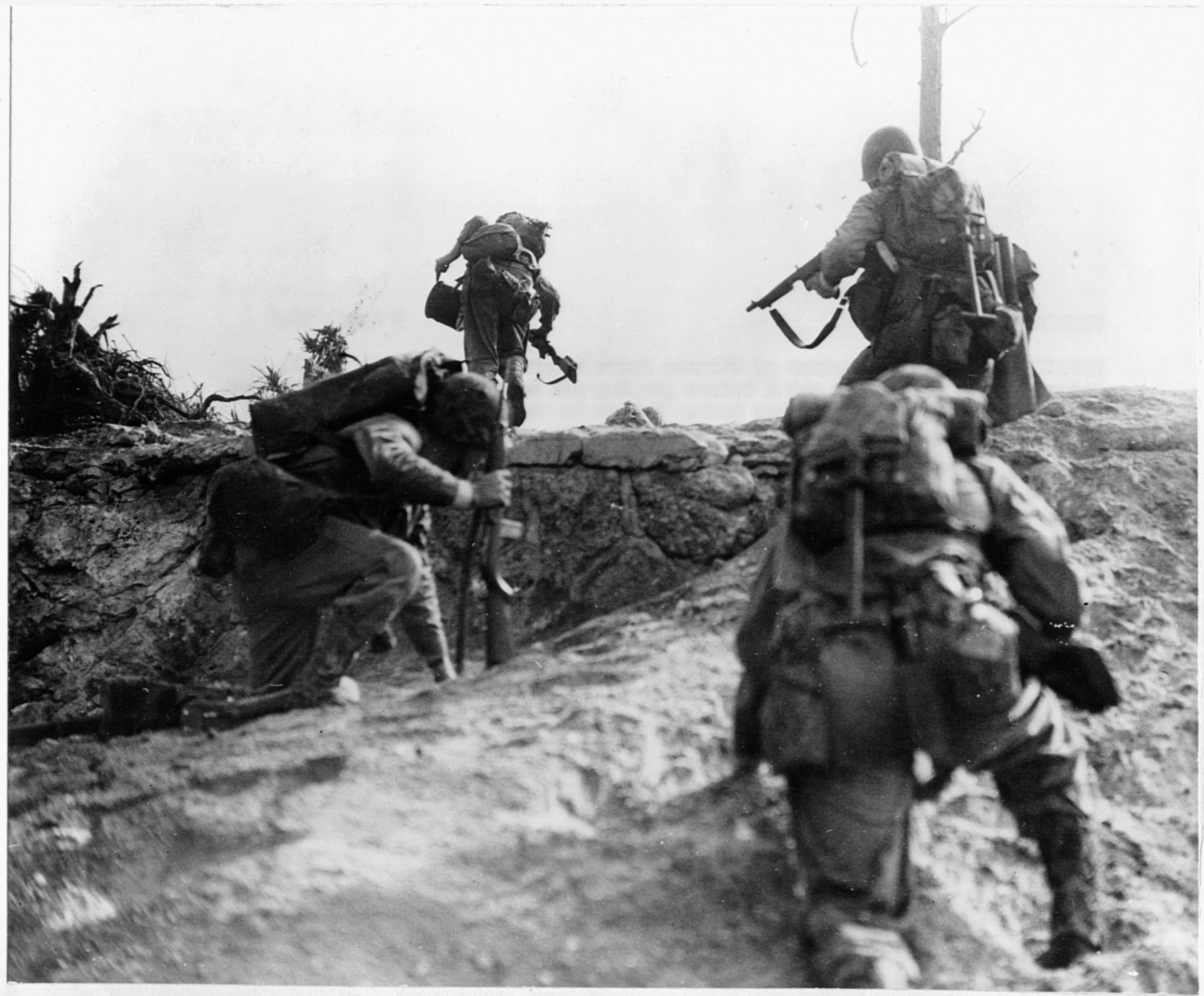
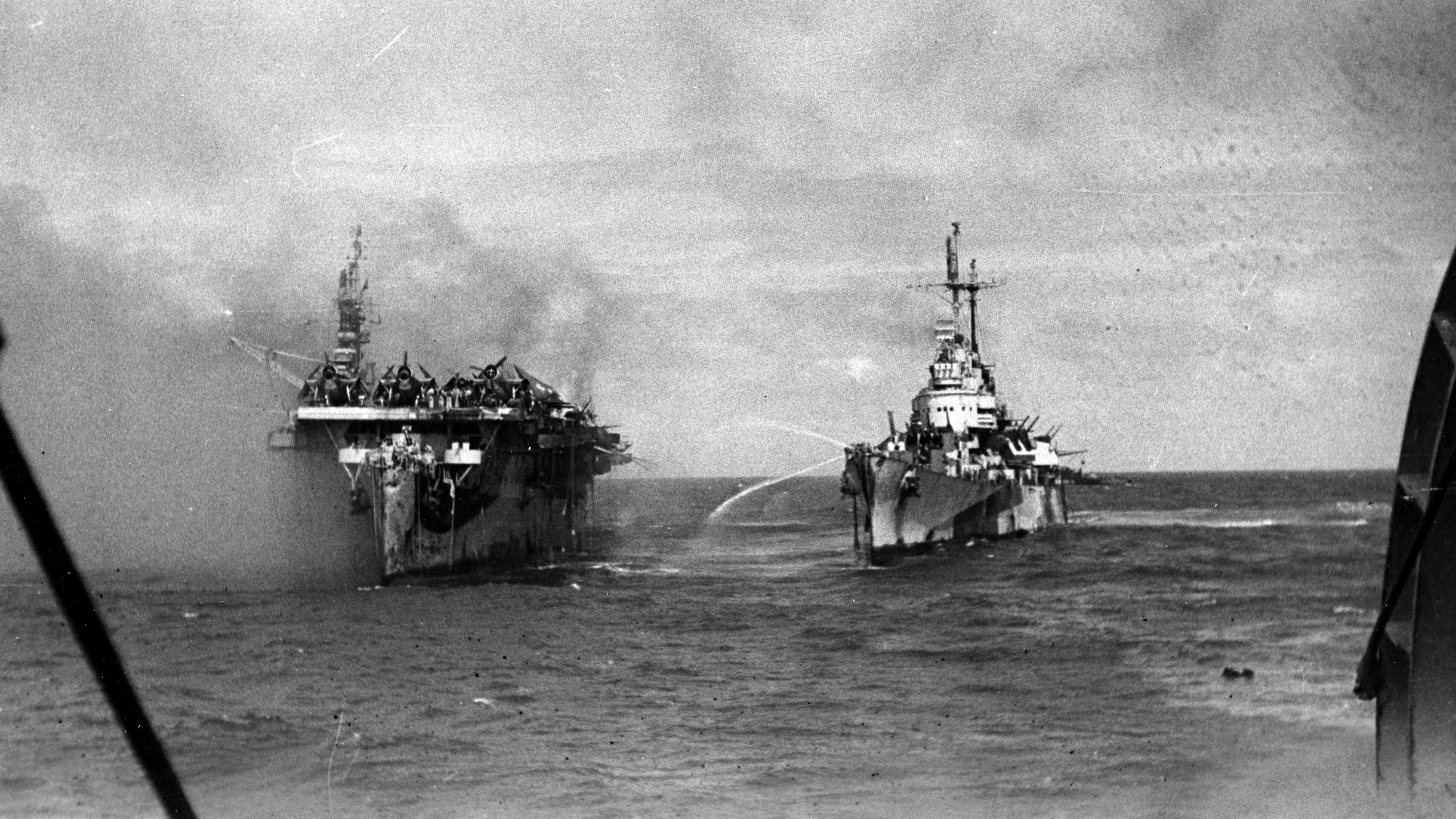
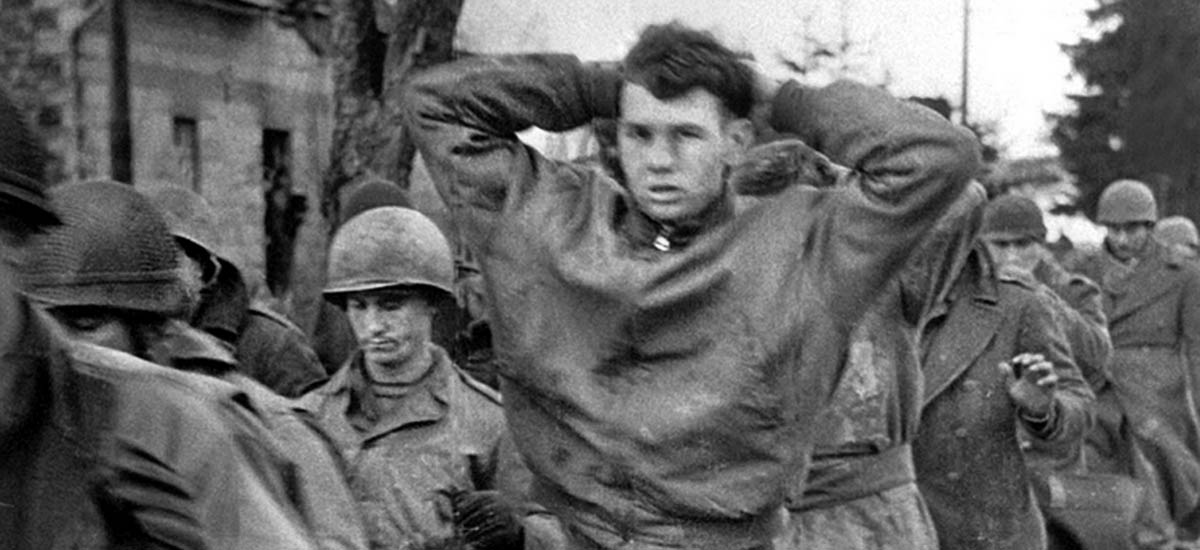
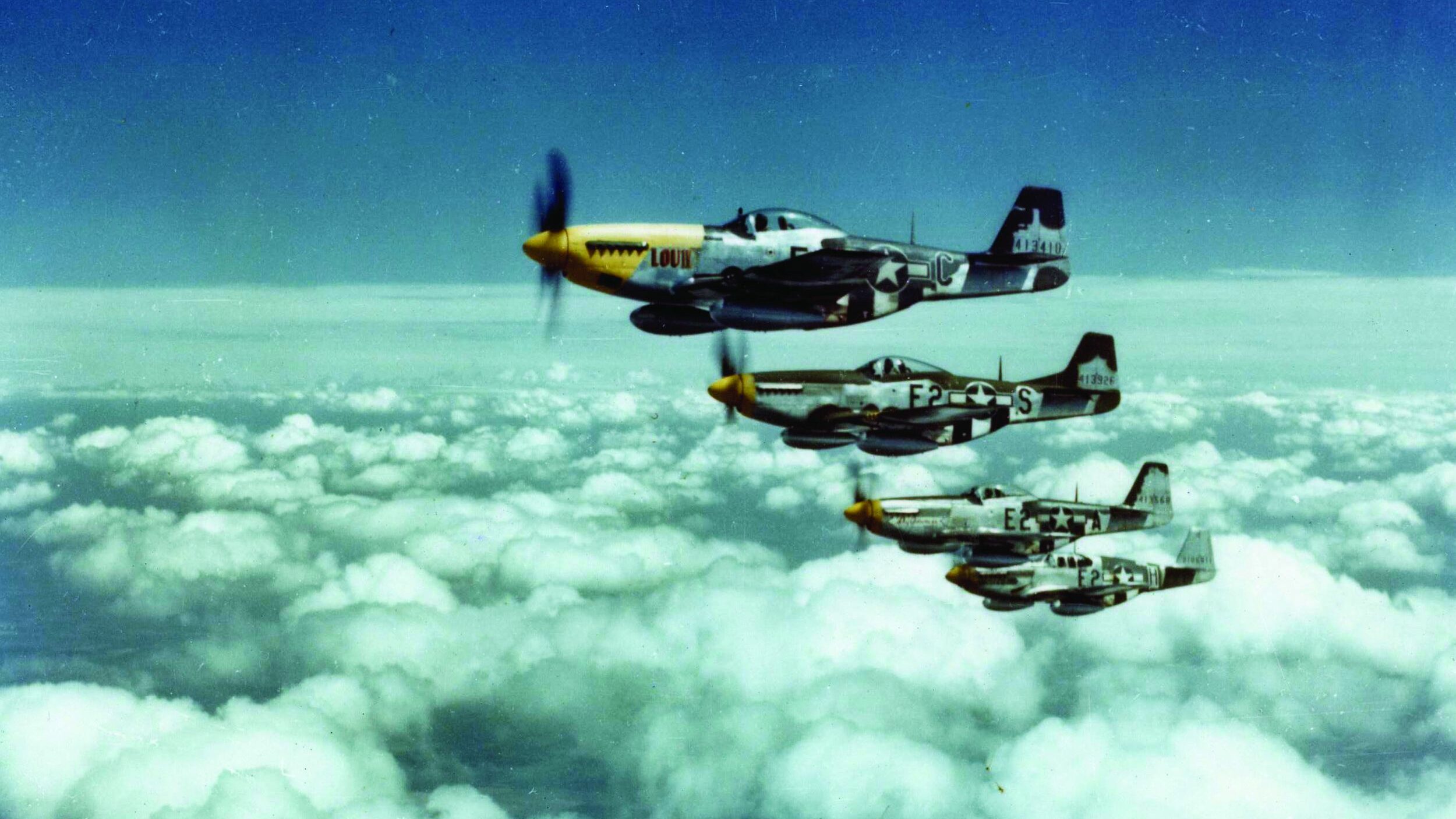
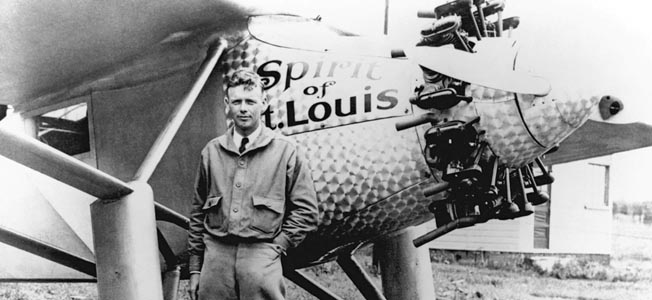
Join The Conversation
Comments
View All Comments